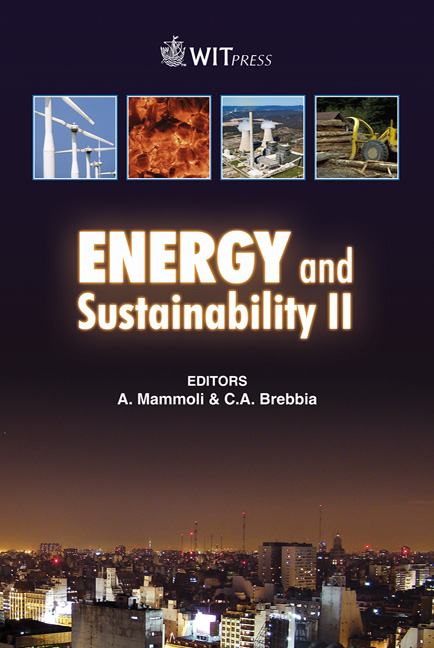Hydrogen Fuelled Agricultural Diesel Engine With Electronically Controlled Timed Manifold Induction: An Experimental Approach
Price
Free (open access)
Transaction
Volume
121
Pages
13
Published
2009
Size
1,612 kb
Paper DOI
10.2495/ESUS090101
Copyright
WIT Press
Author(s)
P. K. Bose, S. Mitra, R. Banerjee, D. Maji & P. Bardhan
Abstract
The important motivations for exploring alternative fuel resources are energy security, air pollution, and climate change; problems that are collectively calling into question the fundamental sustainability of the current energy system. Natural gas and bio fuels are seen as the most important short-term options for meeting these goals, whereas in the long run, a substantial contribution is expected to be delivered by hydrogen which would facilitate the transition from limited non-renewable stocks of fossil fuels to unlimited flows of renewable sources. Hydrogen-fuelled internal combustion engines with near-zero emissions and efficiencies exceeding today's port-fuel-injected (PFI) engines are a potential near-term option and a bridge to hydrogen fuel cell vehicles where fuel cell undergoes development to make it economically viable. The unique combustion properties of hydrogen make it an ideal choice for its use in compression ignition engines. The present work attempts to explore the performance and emission characteristics of an existing single cylinder four-stroke compression ignition engine operated in dual fuel mode with hydrogen as an alternative fuel. The hydrogen was premixed with the incoming air and inducted during the duration of intake valve opening by an indigenously developed electro-mechanical means of solenoid actuation The performance and emission characteristics with hydrogen–diesel blend and neat diesel are compared. In this experiment hydrogen flow rate was kept constant at 0.15 kg/hr. The brake thermal efficiency with hydrogen–diesel blend is about 15.7% greater than that of neat diesel operation at 40% rated load. CO, CO2, HC and smoke emissions were significantly less with hydrogen–diesel blend. Smoke level was 41.6% lower than that of neat diesel operation at 80% load, whereas emission of CO2, CO, and HC levels were lower by 40.5%, 44.3% and 53.2% respectively for hydrogen enrichment at 80% load. In our present work EGR technique was examined in reducing NOx concentration. The NOx level decreased from 1211 ppm to 710 for hydrogen enrichment (0.15kg/hr) at 80% of the rated load. Keywords: hydrogen, diesel, dual-fuel, timed manifold injection, electro- mechanical actuation, hot EGR, cold EGR.
Keywords
hydrogen, diesel, dual-fuel, timed manifold injection, electro- mechanical actuation, hot EGR, cold EGR





